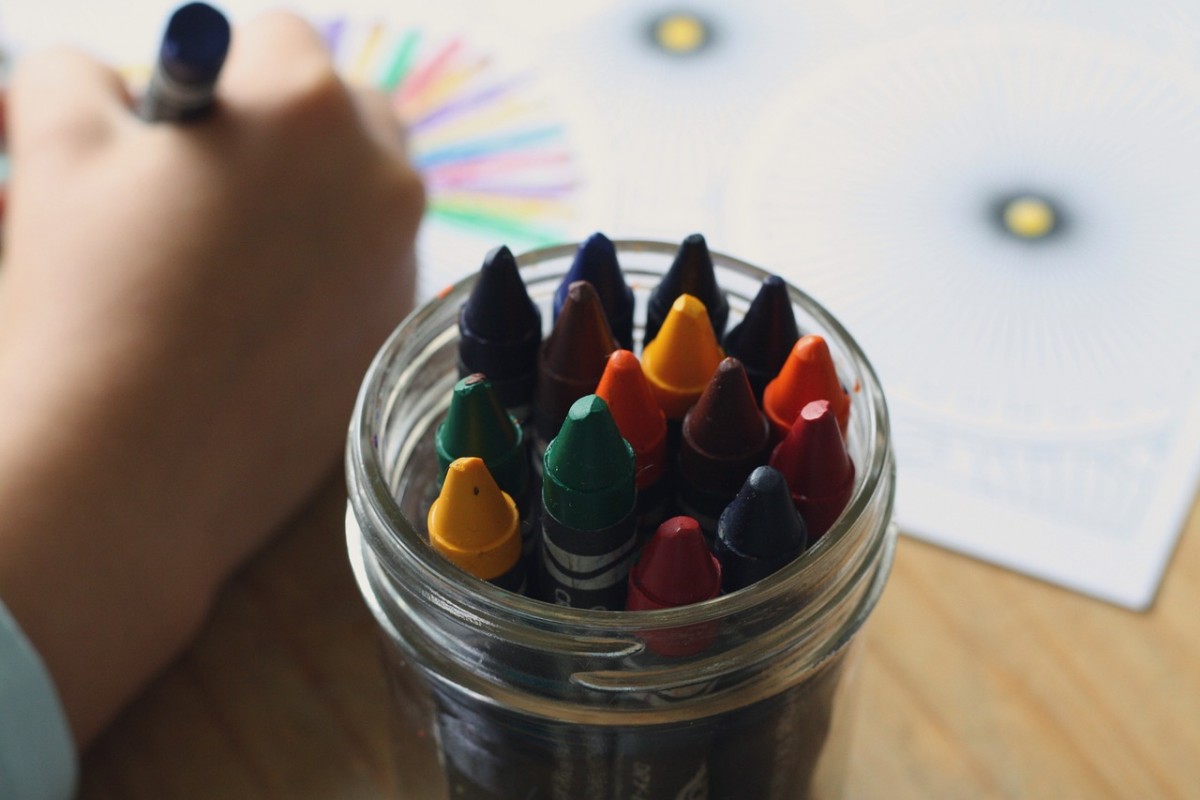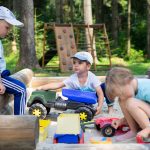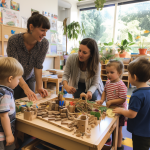Developing children’s skills at nursery

Children attend early years settings for a variety of reasons, however once they are a part of the setting it is the role of the practitioner to promote and support the skills children need to reach. Each child is different however the theories of child development can be applied to every child. The EYFS framework is the first tool in developing skills, and if practitioners are aware of the early year’s outcomes, then practitioners can determine where a child is currently at and the next set of skills they need to acquire. An excellent tool to keep in practitioners pockets for observations, learning journals, planning, and child development are these early years outcomes cards.
Theories to help develop children’s skills
- Attachments – Much research has displayed the importance of children having attachment figures and bonds within the setting, hence the importance of the key person. Children need this too feels secure, confident, protected and independent enough to explore the environment. As the characteristics of effective learning show a child needs to feel confident enough to play and explore, actively learn and creatively and critically think to learn new skills.
- Schemas – If a child is displaying a particularly strong schema (pattern of behaviour) such as the need to transport everything then tune into this and use it to develop skills in other areas. For example, develop skills in mathematics buy counting the objects being transported or skills in literacy buy encouraging a child to transport books and then look at them. Sometimes it is easy for practitioners to forget about schemas as there isn’t a high emphasis on them within the EYFS framework, however, they are a powerful way to tune into a child and to support their skill set. A useful short book about schemas to use during inductions or as part of a practitioner workshop to brush up on schemas can be found here
- Scaffolding – This is the process of children learning a new skill by being supported by a more knowledgeable other which could be child or practitioner. This requires careful intervention and is best during a child initiated activity, however, can also happen during an adult led session. Encourage the children to listen and support one another. Also, try not to create groups based on abilities as this limits the scaffolding that can take place.
- Interests – Whether this is as simple as a child preferring to be outdoors or indoors or a very specific interest in something such as superheroes, again tune into this. Use it to the advantage of the practitioner to inform future to planning to create stimulating, challenging, achievable tasks that will support a child to meet their next steps. Use something such as an interesting flower to detail every child’s interests and how they will be used to promote development.
Get parents involved

As with everything in the early years creating parent, partnerships is crucial, particularly when supporting children to develop a new skill. This can work both ways with parents sharing a skill a child has begun displaying at homes such as a baby taking first steps or practitioners sharing with parents a new skill that is being developed within the setting such as a toddler beginning to identify shapes. Information sharing between parents and practitioners is so important in ensuring a child is working towards realistic, achievable goals and that the expectation is the same. This gives the child some common ground and allows them to focus on fully mastering the new skill.
Quick tips for early years practitioners to help support child development and new skills
Whichever theory you choose to use to help aid a child through their development, make sure the child is at the heart of whatever is planned.
- Make it individual
- Achievable
- Challenging
- Interesting for that child
- Support the new skill in many ways
- Be creative
- Inform planning
- Use early learning goals
- Information share
- Remember it is a play based curriculum
- Try supporting it both indoors and outdoors
- Keep tracking and observations up to date








Leave a Reply